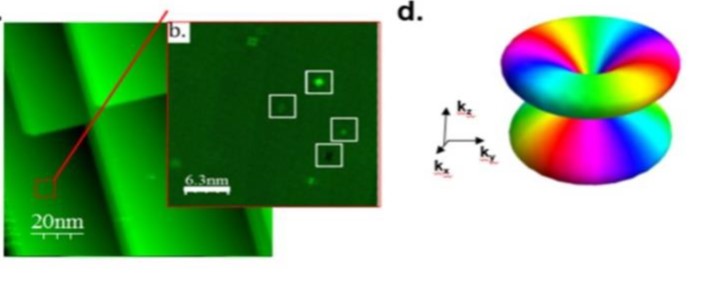PhD position, FPI grant
INTEGRATING DEVICES IN NANOSCALE MICROSCOPY TO VISUALIZE QUANTUM MATERIALS UNDER CONTROL
Send CV and short motivation to Hermann.Suderow@uam.es or Isabel.Guillamon@uam.es before 26/10/2018
Call available at https://bit.ly/2RzqrfT
Many recently discovered superconductors are quantum materials, a term that groups quantum behavior observed in several systems, whose weird properties are far from being fully exploited and often yet to be understood. These properties potentially provide unique technological advances, such as topologically protected quantum states or the simplification of quantum computers required to ripen this technology into wide use. To find these properties in quantum materials, we need to tune materials to a “sweet spot” modifying magnetic field, charge or strain. Often, this “sweet spot” is located at a quantum phase transition, in between competing orders. Traditionally, methods to study quantum materials have been restrained to a particular system at a given location in proximity to the quantum phase transition. This is particularly true for one of the most powerful techniques, very low temperature scanning tunneling microscopy (STM). STM is used to measure the bandstructure, superconducting properties such as gap or Josephson effect and their spatial dependence (vortex lattices). A large deal of understanding has been achieved, showing the power of STM. However, there is a pressing need to tune quantum materials precisely into the state that shows most interesting properties. Within this project, we propose to attack this problem and study STM in new materials relevant to quantum technologies by controlling their quantum state.
The work will be carried out in an international environment, in collaboration with proyects ERC Pnicteyes and nanocohybry.eu.
Atomic scale imaging (left panels) and representation of the chiral d-wave superconducting order parameter (right panel).

